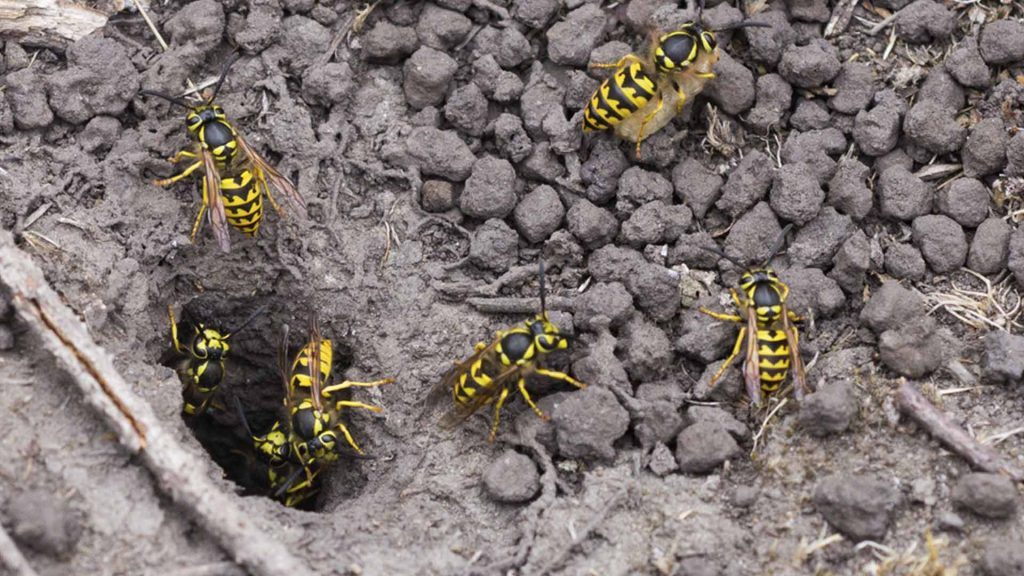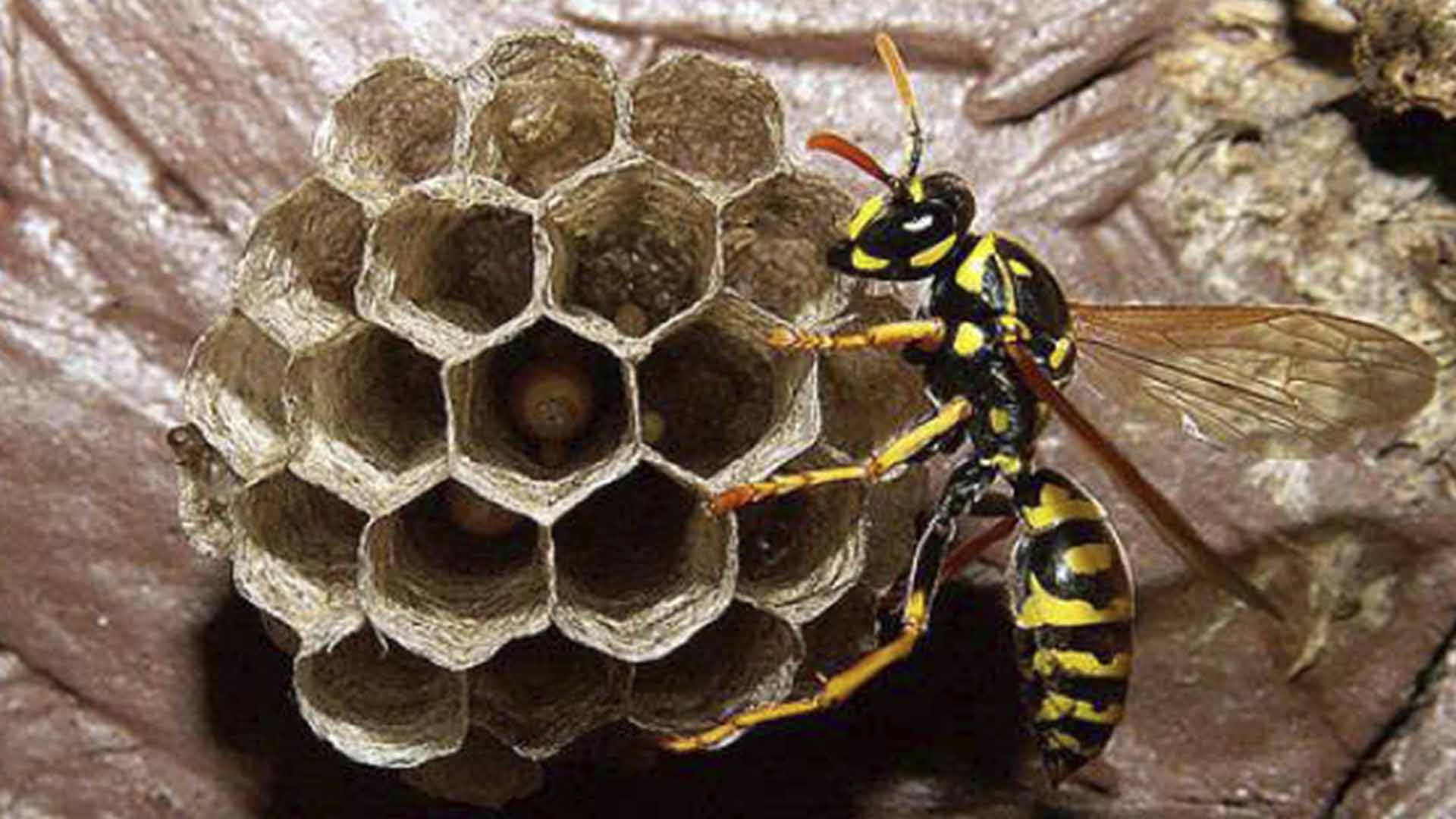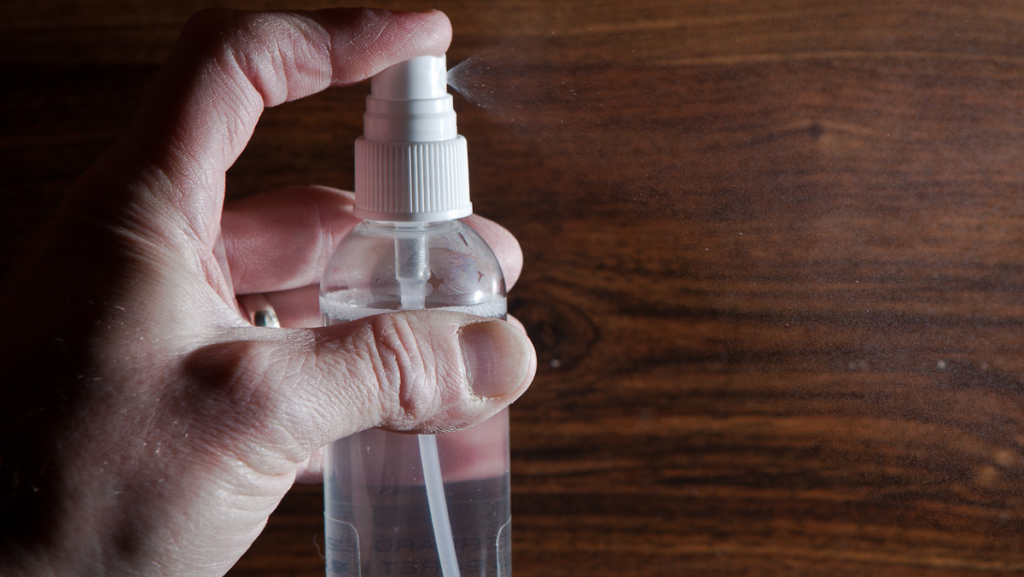Key Takeaways
- Termites have straight antennae, uniform waists, and equal-length wings.
- Worker termites are pale and wingless; swarmers are darker with equal-sized wings.
- Subterranean termites build mud tubes and cause the most damage.
- Drywood termites live in dry wood; dampwood termites prefer moist, decaying wood.
- Look for mud tubes, hollow wood, discarded wings, and frass as signs of infestation.
- Seal cracks, reduce moisture, and inspect wood regularly to prevent termites.
 However, you can trace the location of a yellowjacket nest by observing their flight patterns, inspecting common nesting sites, and listening for buzzing sounds near hidden spaces. By knowing how to identify yellowjacket nests and the best time to spray yellow jacket nest, you can protect your home and loved ones from potential stings. This guide offers step-by-step instructions for spotting, timing, and ensuring safe yellow jacket nest removal.
However, you can trace the location of a yellowjacket nest by observing their flight patterns, inspecting common nesting sites, and listening for buzzing sounds near hidden spaces. By knowing how to identify yellowjacket nests and the best time to spray yellow jacket nest, you can protect your home and loved ones from potential stings. This guide offers step-by-step instructions for spotting, timing, and ensuring safe yellow jacket nest removal.
How to Find Yellow Jacket Nest
Knowing how to find a yellow jacket nest requires patience, keen observation, and caution. Yellowjackets are highly territorial, and any disturbance can provoke an attack. To locate the nest, start by observing the yellowjackets’ flight patterns during the day when they are actively looking for food. Early morning or late evening is the best time to spot these movements, as visibility is better and the flight paths are easier to track. By following the Yellowjackets’ flight path, you can trace their movements back to the nest.

Not getting a solution?
Get your free pest control estimate today!How to Identify Yellowjacket Nest
Nest Material & Appearance: Yellowjacket nests are made from a gray, papery material created by chewing wood fibers and mixing them with saliva. This gives the nest a lightweight, textured appearance similar to paper mache. A typical yellow jacket nest is usually round and about 6 to 8 inches in size. Nests can vary in size from as small as a tennis ball to large, intricate structures capable of housing thousands of yellowjackets. Unlike other wasp species, yellowjackets typically build their nests in concealed locations, offering protection from predators and weather. Where Do Yellow jackets Nest? Yellowjackets prefer hidden, sheltered spaces to build their nests. The most common nesting spots include:Common Nesting Locations
-
Underground: Often in abandoned animal burrows, soil cavities, or hidden below dense foliage. These nests are particularly hazardous since they are difficult to spot and easy to disturb accidentally.
-
Structural Spaces: Wall voids, attics, and eaves are prime locations, as the enclosed space provides protection and warmth.
-
Vegetation: Nests may also be found in dense tree branches, shrubs, and thick bushes, blending into the natural surroundings.
Steps to Locate a Yellowjacket Nest
Learn how to safely locate a yellowjacket nest using careful observation and simple techniques.
INSTRUCTIONS
1. Observe Flight Patterns
- Watch for yellowjackets flying in and out of a specific area to trace the path back to the nest.
2. Check Common Nesting Sites
- Look in places like underground burrows, wall voids, attics, and dense foliage.
3. Listen for Buzzing Sounds
- If you hear faint buzzing sounds near cracks, walls, or shaded areas, you’re close to a yellowjacket nest.
SAFETY TIPS
-
Keep a Safe Distance: Maintain a safe distance from the suspected nest area to avoid provoking the yellowjackets.
-
Avoid Using Bright Colors: Bright clothing can attract yellowjackets; wear neutral or muted tones while searching.
Note
Always maintain a safe distance and avoid disturbing the nest while observing.Do’s & Don’ts: Handling a Wasp Nest
DO'S
-
Stay calm and move slowly near the nest.
-
Wear protective clothing if close to the nest.
-
Contact pest control for safe removal.
DON'TS
-
Avoid sudden movements or swatting.
-
Don’t use DIY sprays or chemicals.
-
Never try to remove the nest yourself.
Best Time to Spray Yellow Jacket Nest
Timing plays an important role in ensuring the safe and effective removal of a yellowjacket nest. The best time to spray yellow jacket nests is early morning or late evening. During these times, yellowjackets are less active since they remain inside the nest, resting or sleeping. Cooler temperatures also reduce the Yellowjackets’ ability to move quickly, which minimises the risk of being stung. Spraying a nest in the middle of the day is risky because yellowjackets are more active and aggressive. The optimal time of year to spray a yellowjacket nest is in spring or early summer when nests are smaller and fewer yellowjackets are present. As the summer progresses, the colony grows in size, making it more dangerous to approach.
Waiting until late summer or early fall increases the risk of stings, as the number of yellowjackets in the nest will be significantly larger. Knowing the best time to spray yellow jacket nestensures the greatest chance of success with minimal personal risk.
Simply spraying might not be enough if you’re already dealing with an infestation in your home. Our pest control professionals provide a customised solution to protect your home effectively.
The optimal time of year to spray a yellowjacket nest is in spring or early summer when nests are smaller and fewer yellowjackets are present. As the summer progresses, the colony grows in size, making it more dangerous to approach.
Waiting until late summer or early fall increases the risk of stings, as the number of yellowjackets in the nest will be significantly larger. Knowing the best time to spray yellow jacket nestensures the greatest chance of success with minimal personal risk.
Simply spraying might not be enough if you’re already dealing with an infestation in your home. Our pest control professionals provide a customised solution to protect your home effectively.
Tips to Prevent Yellow Jacket Infestation
-
Seal cracks & gaps in walls, doors, and windows to block entry points for yellowjackets.
-
Keep outdoor garbage cans tightly closed to eliminate food sources.
-
Remove fallen fruits and sugary spills in your yard to avoid attracting yellowjackets.
-
Avoid wearing very bright colors or strong fragrances outdoors, as they attract yellowjackets.
-
Install fine mesh screens on vents and openings to prevent nest building in wall voids or attics.
Myths and Facts About Yellowjackets
Here are a few myths and facts about yellow jackets:| Myth | Fact |
|---|---|
| Yellowjackets only build nests in trees. | Yellowjackets also build nests underground and inside wall voids, making them hard to spot. |
| Yellowjackets die after stinging. | Unlike bees, yellowjackets can sting multiple times without dying, making them more dangerous. |
| Spraying nests during the day is effective. | Yellowjackets are most active during the day, making early morning or late evening the safest time to spray. |
| All Yellowjackets are yellowjackets. | Yellowjackets are one type of Yellowjackets, distinct from paper Yellowjackets and hornets, which have different behaviors. |
| A small nest poses no harm. | Even small nests can house dozens of yellowjackets, making them a threat if disturbed. |





